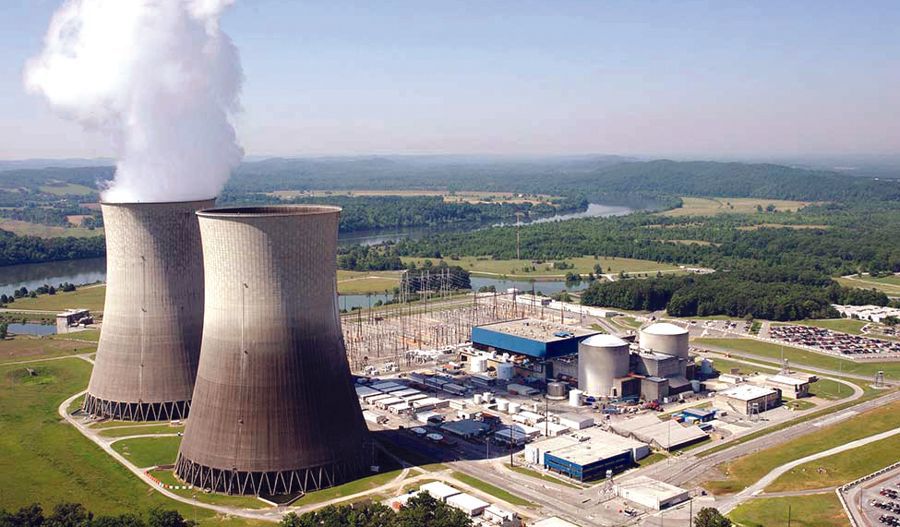BUDGET 2024-25: Rs 1 tn to power up nuke plants in private sector
New Delhi, July 23
Finance Minister Nirmala Sitharaman has opened up the nuclear power sector for private investments to boost the share of atomic energy production, as the government aims to achieve net-zero carbon emissions by 2070.
Presenting the Union Budget, Sitharaman announced that the government would partner with the private sector to set up Bharat Small Reactors in the research and development of small modular reactors.
She said the government would also partner with the private sector for research and development of newer technologies for nuclear energy.
Sitharaman said the Rs 1 trillion research and development funding, announced in the interim budget in February, will be made available for the nuclear sector.
“Nuclear energy is expected to form a very significant part of the energy mix for a Viksit Bharat (developed India),” the Finance Minister said.
However, the government will have to amend the Atomic Energy Act to allow the entry of private companies in the nuclear power sector as the law allows only government entities to handle nuclear material and technologies.
In the interim budget presented on February 1, Sitharaman had announced a Rs 1 trillion corpus, with the provision of a 50-year interest-free loan, to help finance research in technology. “The corpus will provide long-term financing or refinancing with long tenors and low or nil interest rates. This will encourage the private sector to scale up research and innovation significantly in sunrise domains,” Sitharaman had said in February.
Last month, Science and Technology Minister Jitendra Singh had said that the Department of Atomic Energy (DAE) was “suitably designing” the 220 megawatts (MW) Pressurised Heavy Water Reactor (PHWR) as a Bharat Small Reactor (BSR) for captive nuclear power generation.
Singh said that the DAE was also working on a Bharat Small Modular Reactor (BSMR) of 220 MW to use light water-based reactors by replacing Calandria with pressure vessel.
Small Modular Reactors (SMRs) can be factory-built, unlike conventional nuclear reactors that are built on-site. They have a power capacity of up to 300 MW per unit. Being a mobile and agile technology, SMRs can be set up at locations unsuitable for larger plants.
SMRs are seen to be making a significant and meaningful contribution to the energy transition phase as part of efforts to deal with the effects of climate change.
The push for nuclear power, which is considered to be a cleaner fuel or non-fossil fuel, comes in the backdrop of India’s ambitious net-zero goals. India has an installed nuclear power capacity of 7,480 MW, which is expected to increase to 22,480 MW by 2031.
Sitharaman also allocated Rs 24,968.98 crore for the DAE in the budget as against the revised estimates of Rs 26,799.78 crore in the previous fiscal.
BHAVINI is in the final stages of commissioning the Prototype Fast Breeder Reactor at Kalpakkam, which will kick start the second stage of India’s three-stage nuclear power programme.









